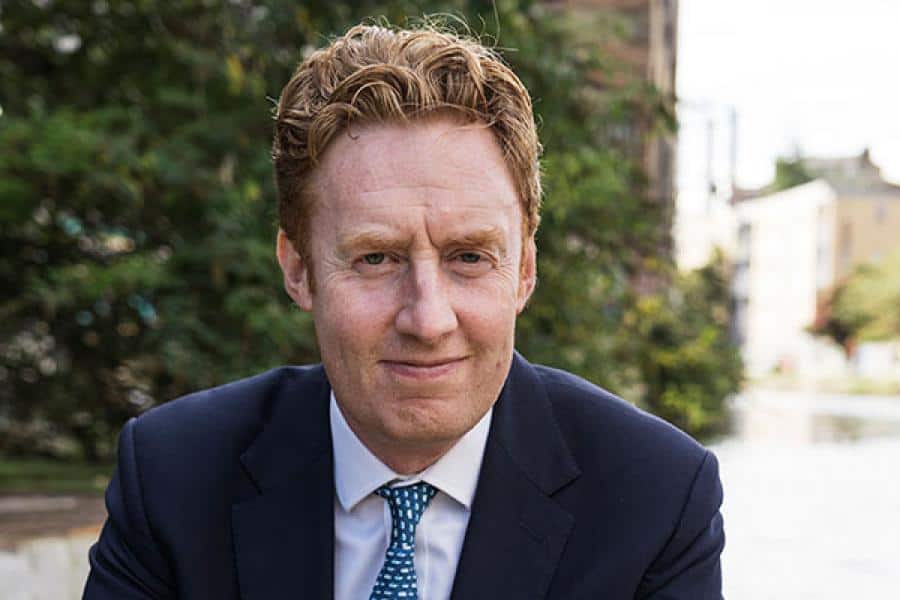Impact investing, defined by the CFA Institute as “investments that seek to create positive environmental or social impacts alongside a financial return” has been a key buzzword for the investment industry over the past few years.
Despite this, impact investment products available to retail investors remain thin on the ground. Why are there not more impact funds out there? And is it possible to deliver true impact by investing in listed companies?
Where does ‘impact investing’ come from?
The concept of impact investing originated from the work of private equity titan Sir Ronald Cohen and was originally used in reference to products designed to have a very a specific, measurable social or environmental impact. For example, investment bonds to provide capital to rehabilitate former prisoners or combat the spread of HIV in South Africa. In both cases, the direct impact of the investment can be clearly measured.
Impact investing is therefore quite distinct from other forms of what we might think of as sustainable investing, such as ESG investing, which just means that fund managers take environmental, social and governance factors into account when selecting companies for their portfolio.
Why aren’t there more impact funds?
More and more people are becoming aware of impact investing and want to use their money to make a difference. A report by the Rockefeller Foundation found that 78% of retail investor respondents were aware of impact investing and more than half (55%) of those respondents expect their allocation to impact funds within their portfolios to increase to 6%-20% over the next two years. So, there is a clear demand for more impact funds.
However, quantifying the positive impact of investing in a basket of listed companies is not straightforward. Then there is also the issue of additionality. Simply buying more shares in, for example, Vestas, a Danish firm that designs, manufactures and installs wind turbines, does not necessarily guarantee that more windfarms will be built.
This is why many big groups such as BlackRock talk a lot about sustainability but provide no specific impact funds with measured outcomes. As a result, impact investment options for retail investors are limited, with many products available only to institutions and private equity players.
What options are there for retail investors?
Despite the challenges, some excellent impact funds do exist.
For example, WHEB’s sustainability fund is based on six environmental and three social themes, aiming to support the transition to healthy, low carbon and sustainable economies. Its “impact calculator” is an interesting innovation, allowing investors to better understand the positive impact their investment is having in the real world by summing the positive contributions from individual portfolio companies and converting it into impact per pound of investment.
In this way, investors can better understand the positive effect of their money, such as greenhouse gas emissions avoided, or the additional number of people receiving healthcare treatment.
Impax is another asset manager that shows how its fund range provides beneficial impact through the companies it holds. Investors can gain access to, for example, net carbon dioxide avoided, water provided and treated, waste recycled and renewable energy generated.
Over time, I am hopeful that more asset managers take the all-important next step of quantifying the impact of their holdings, thereby improving transparency on the real-world outcomes of their funds.
What is the future for impact investing?
The next step for the investment industry is to develop a common language around impact. At present, most products are “impact” in label only, with only a limited number of true impact funds on the market. In fact, the Rockefeller Foundation found that eight out of 10 investors admitted that they find it difficult or extremely difficult to measure impact and are confused what is a “genuine” impact investment.
With the establishment of proper standards and a common language, retail impact investment has the potential to grow significantly and be a significant contributor to a more sustainable world.
John Ditchfield is head of responsible investment at Helm Godfrey and co-founder of Impact Lens. Article originally published on Money Observer.

